Open-ended materials and activities are great ways for your child to expand their creativity and critical thinking. To learn more about open-ended concepts, check out this blog post! We discussed some open-ended materials in our first post, but let’s grow the list a bit more here! Open-ended materials can be found everywhere: nature, toys, art supplies, and even recyclable materials.
Nature
- Leaves
- Sand
- Stones and rocks
- Sticks
- Flowers
- Pinecones
- Tree bark
- Acorns
Toys
- Blocks of all shapes, colors, and sizes
- Play Dough
- Stuffed Animals, dolls, figurines
- Food toys
- Household item toys
- Costumes and clothing
Art Supplies
- Paint of all colors and types
- Glue
- Paper of all colors and types
- Crayons
- Felt and fabric
- Markers
- Yarn, string, rope
- Glitter, rhinestones, sequins
- Clay
- Beads
Recycled Materials
- Boxes
- Toilet paper rolls/paper towel rolls
- Scrap paper, newspapers, magazines
- Plastic bottles
- Tins, jars
- Old clothes
- Utensils, plastic or metal
- Soda cans
Conclusion
The materials listed in this post create infinite possibilities for learning and fun! For activity ideas using these materials, check out our Pinterest board below!
What are your favorite open-ended materials or some materials we missed?
These supplies correspond with the following DRDP measures:
ATL-REG 3: Imitation
Child mirrors, repeats, and practices the actions or words of others in increasingly complex ways
ATL-REG 4: Curiosity and Initiative in Learning
Child explores the environment in increasingly focused ways to learn about people, things, materials, and events
ATL-REG 6: Engagement and Persistence
Child increasingly persists in understanding or mastering activities, even if they are challenging or difficult
SED 5: Symbolic and Sociodramatic Play
Child develops the capacity to use objects to represent other objects or ideas and to engage in symbolic play with others
COG 1: Spatial Relationships
Child increasingly shows understanding of how objects move in space or fit in different spaces
COG 2: Classification
Child shows an increasing ability to compare, match, and sort objects into groups according to their attributes
COG 5: Measurement
Child shows an increasing understanding of measurable properties such as size, length, weight, and capacity (volume), and how to quantify those properties
COG 11: Knowledge of the Natural World
Child develops the capacity to understand objects (living and nonliving things) and events in the natural world, including how they change and their characteristics
VPA 1: Visual Art
Child engages, develops skills, and expresses self with increasing creativity, complexity, and depth through two-dimensional and three-dimensional visual art
VPA 2: Music
Child expresses and creates by making musical sounds, with increasing intentionality and complexity
VPA 3: Drama
Child increases engagement, skill development, and creative expression in drama
VPA 4: Dance
Child develops capacity to respond, express, and create through movement in dance

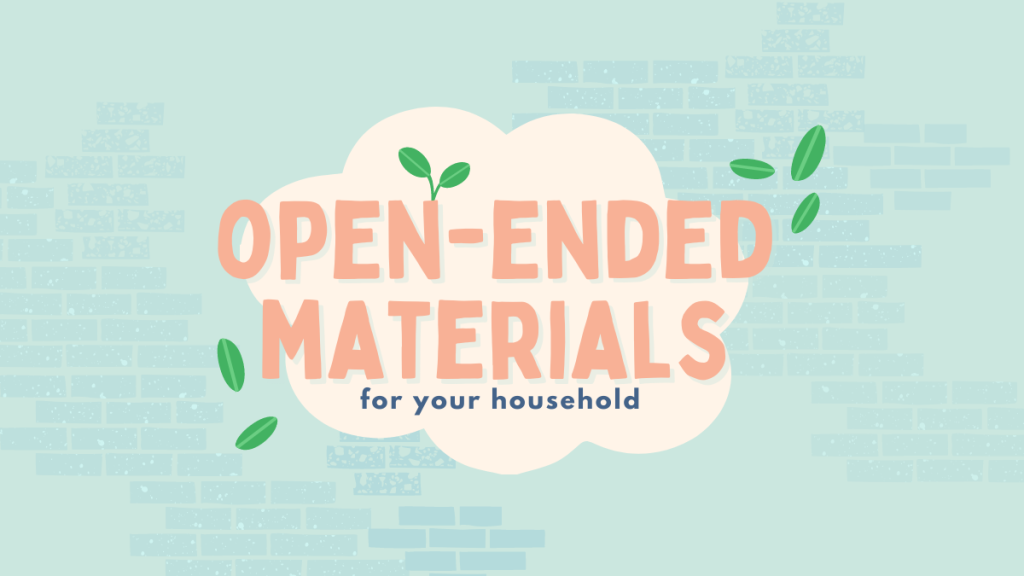


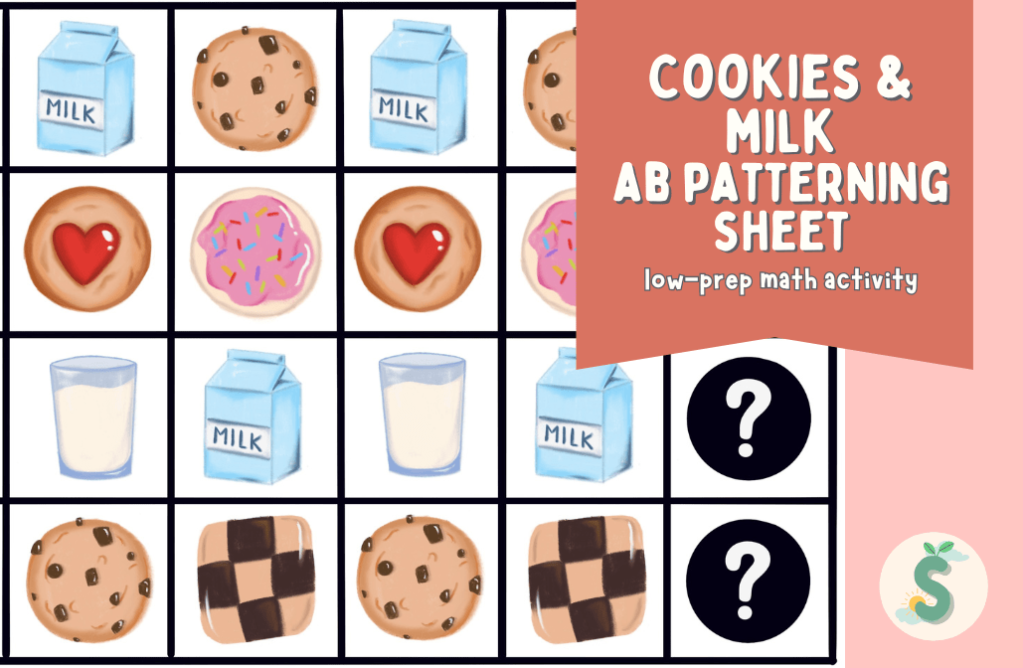
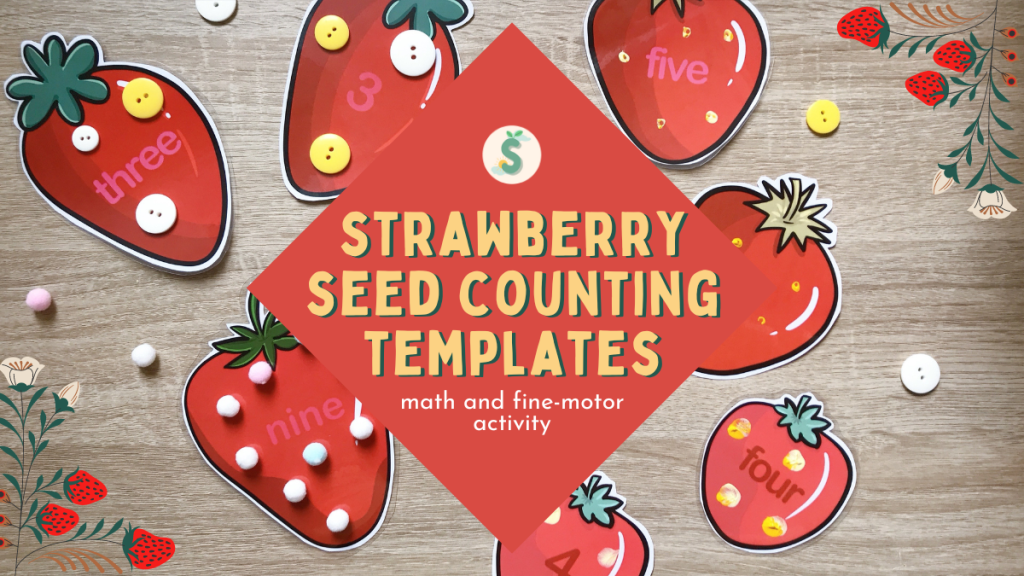

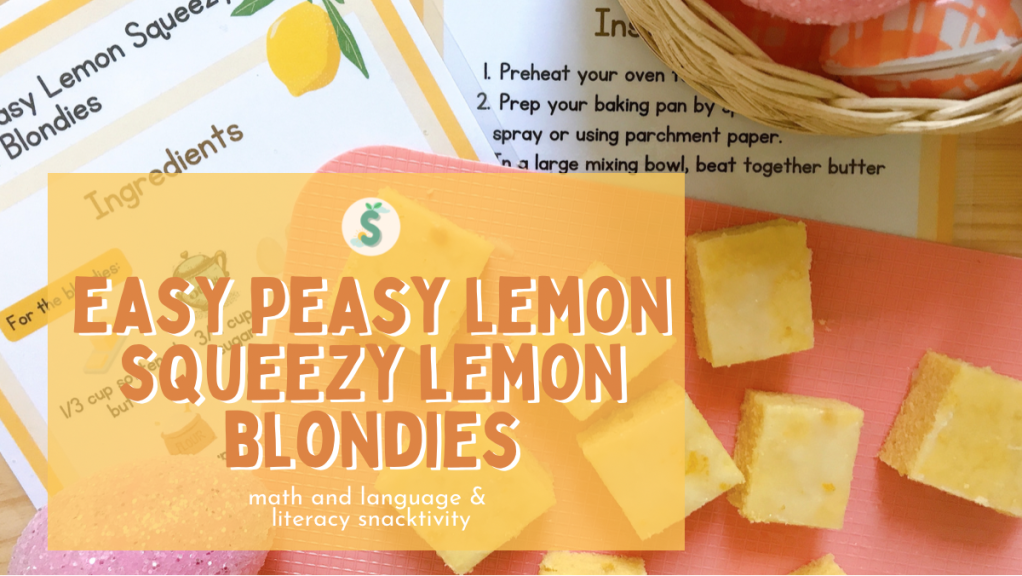
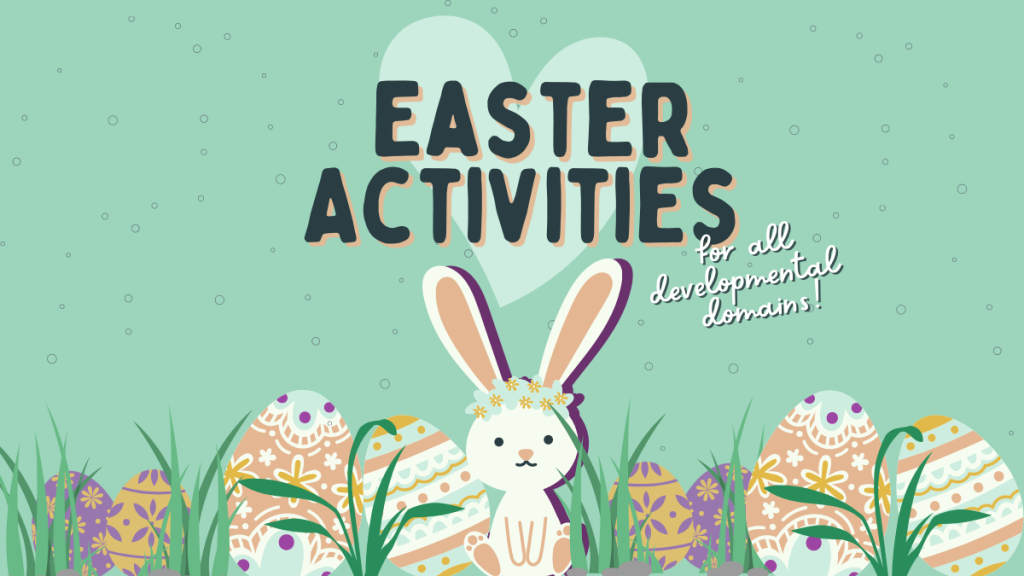
Leave a comment